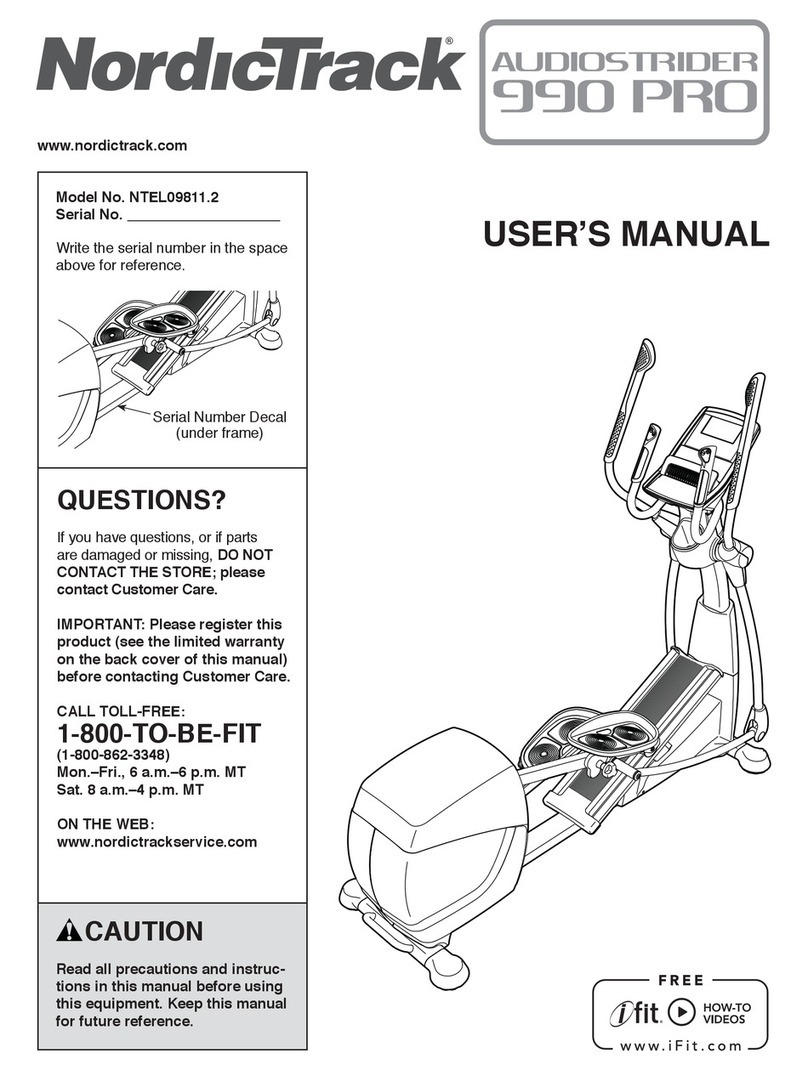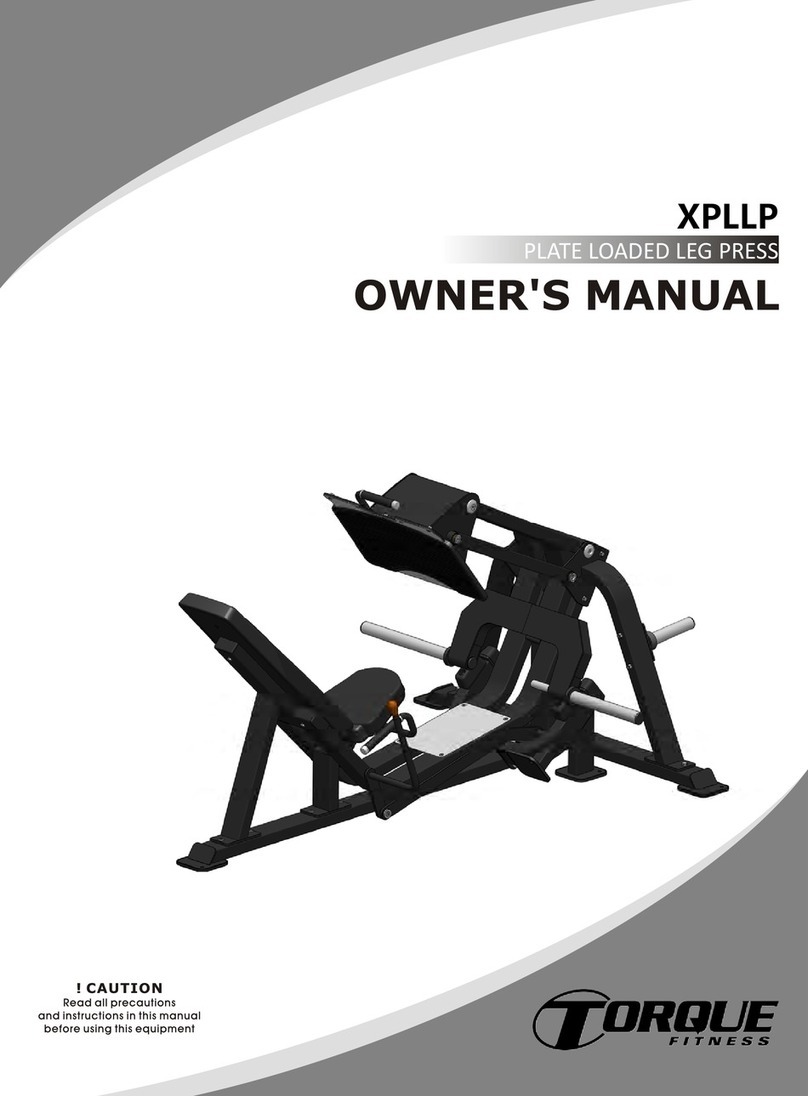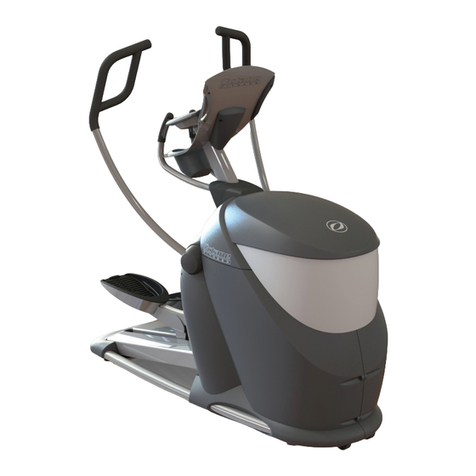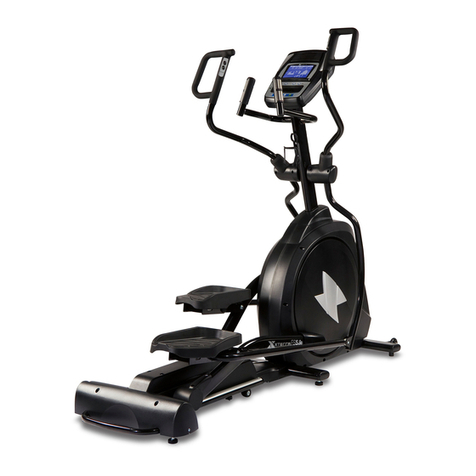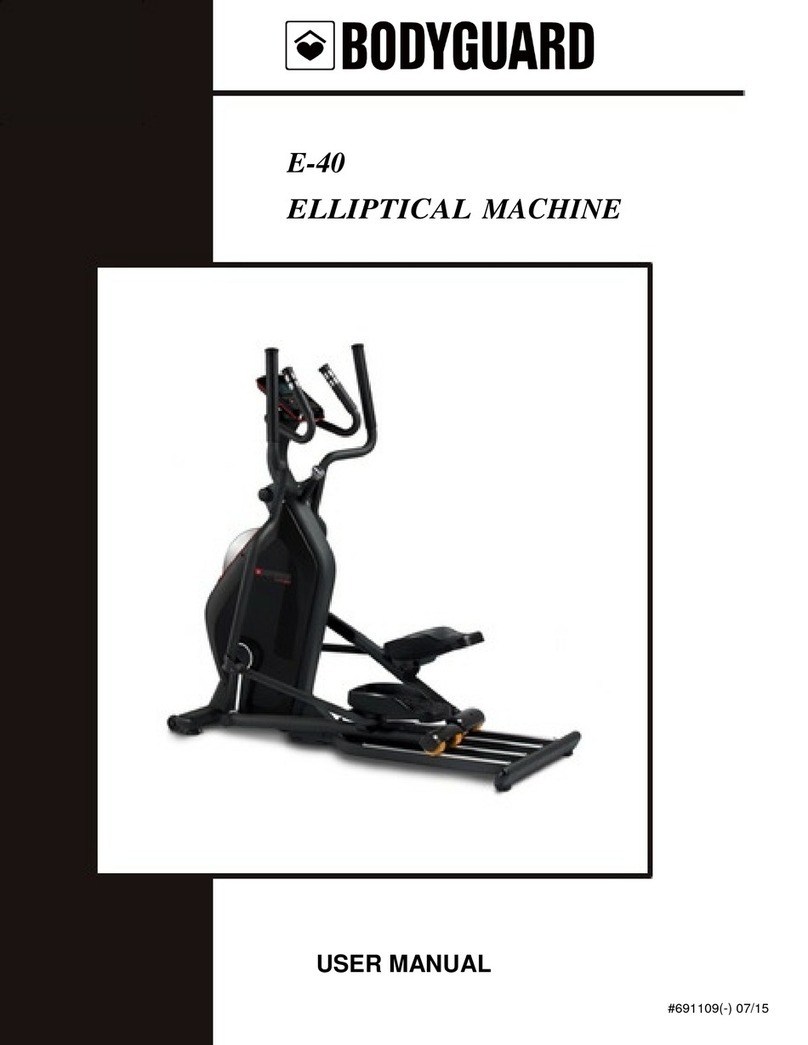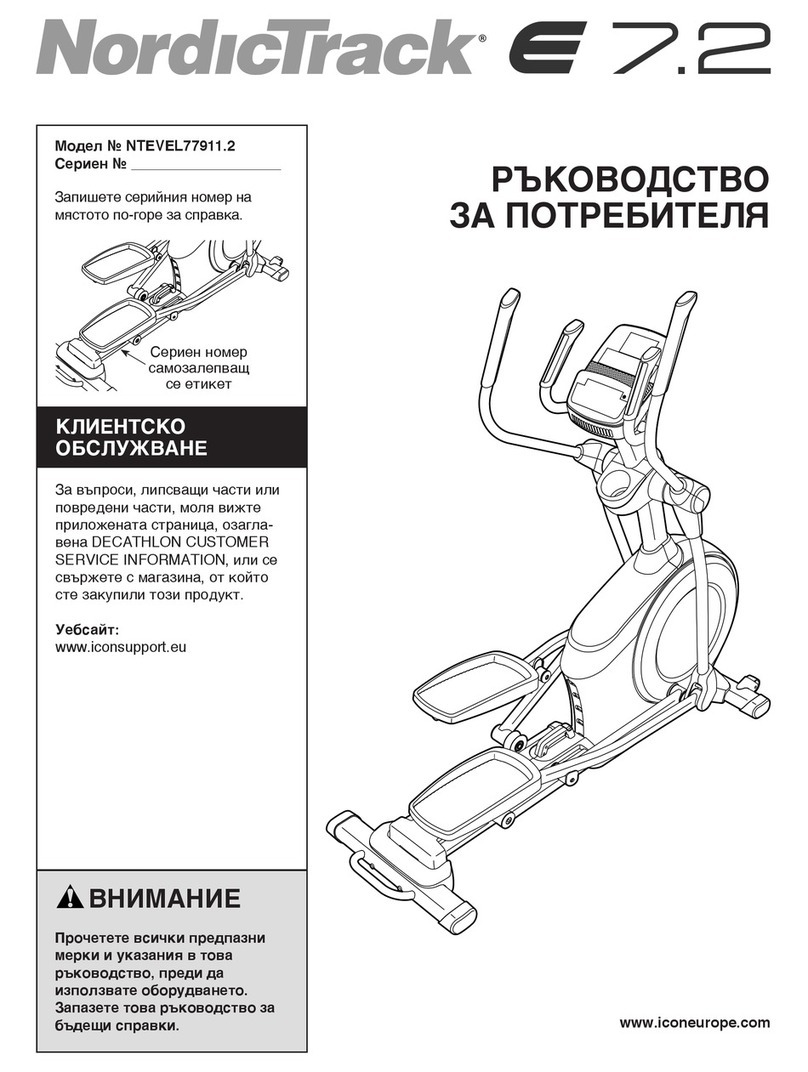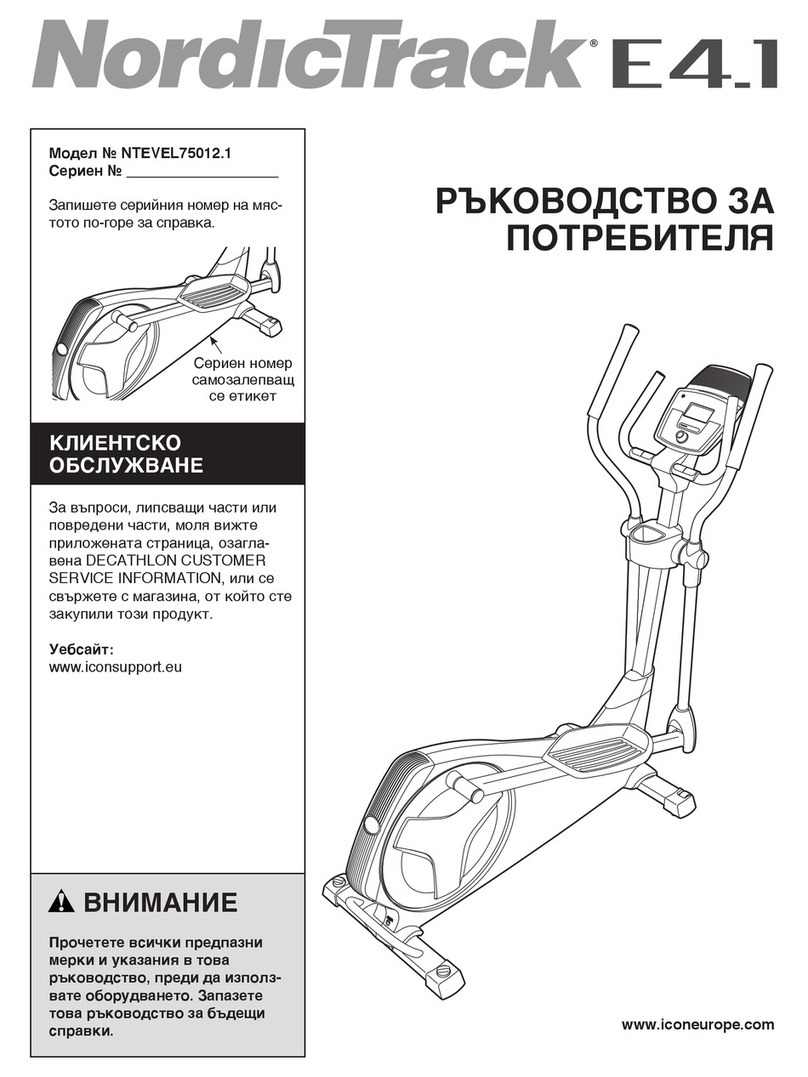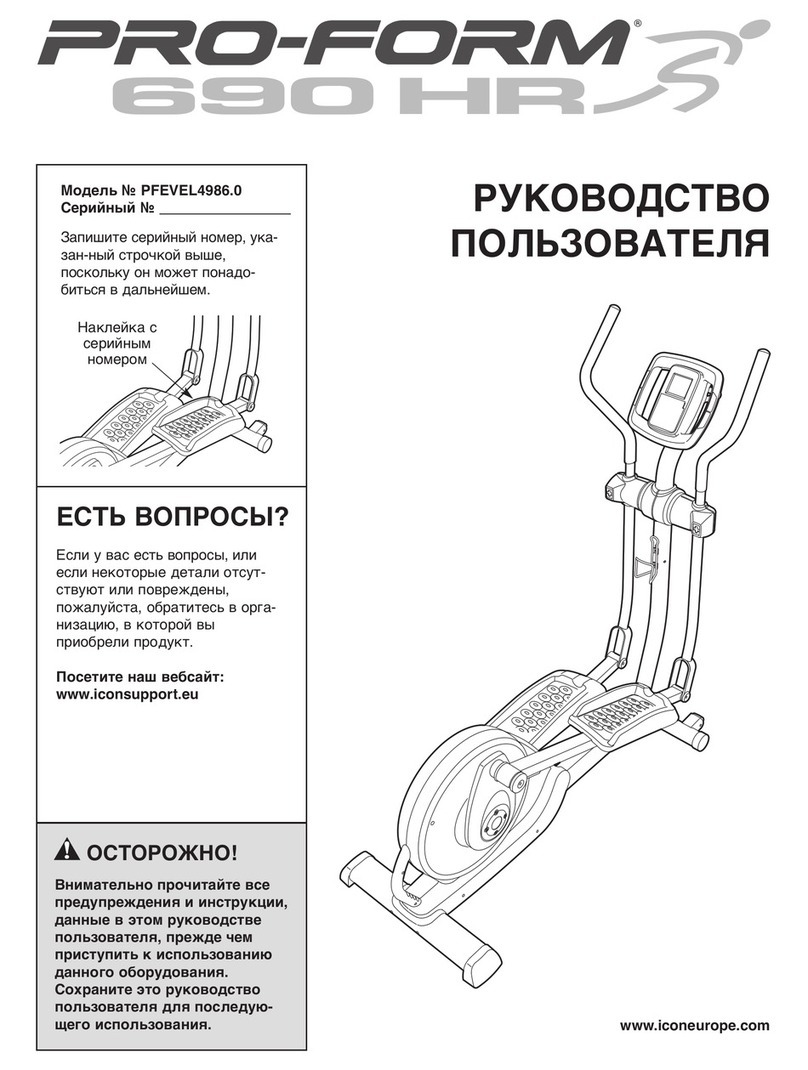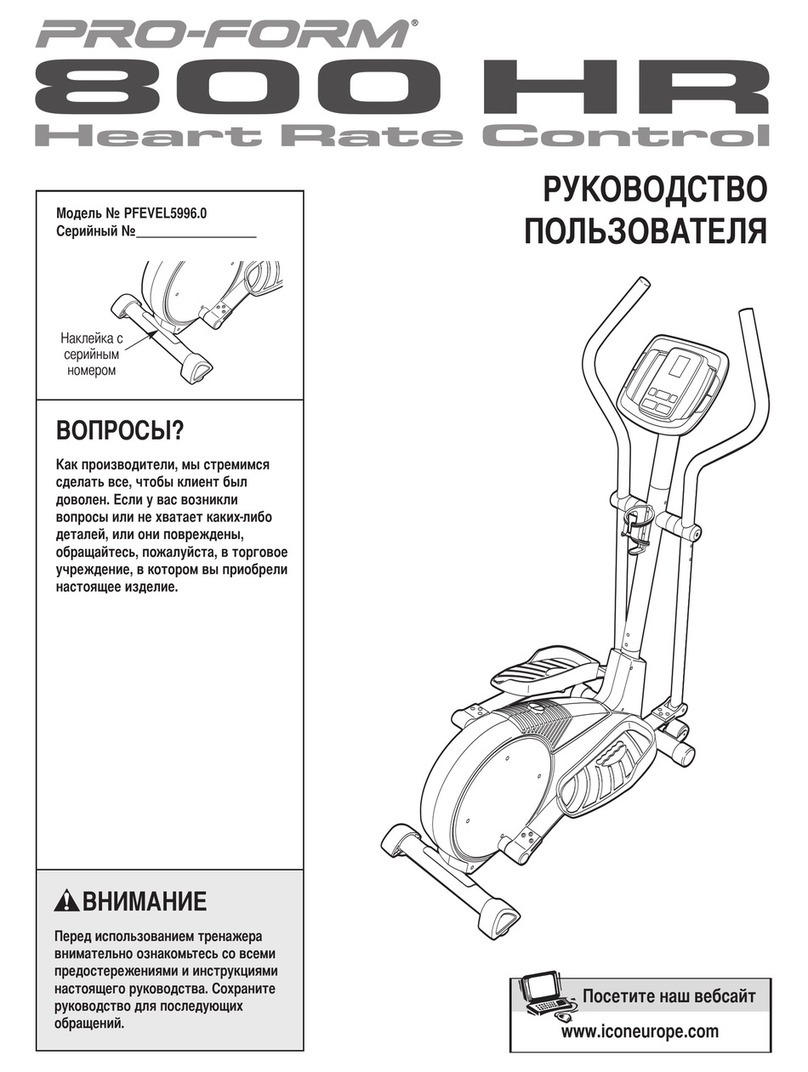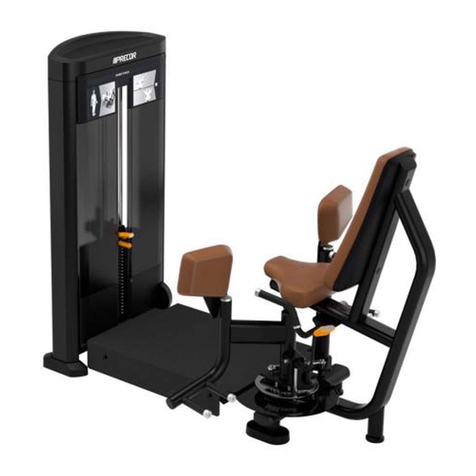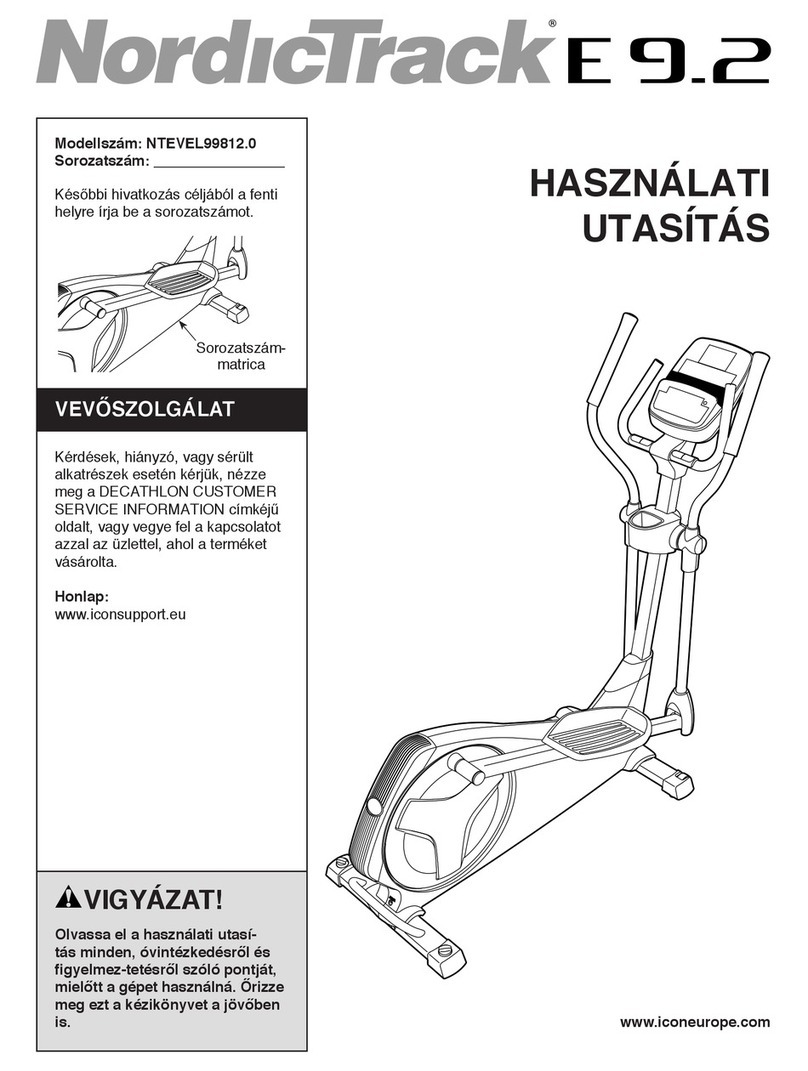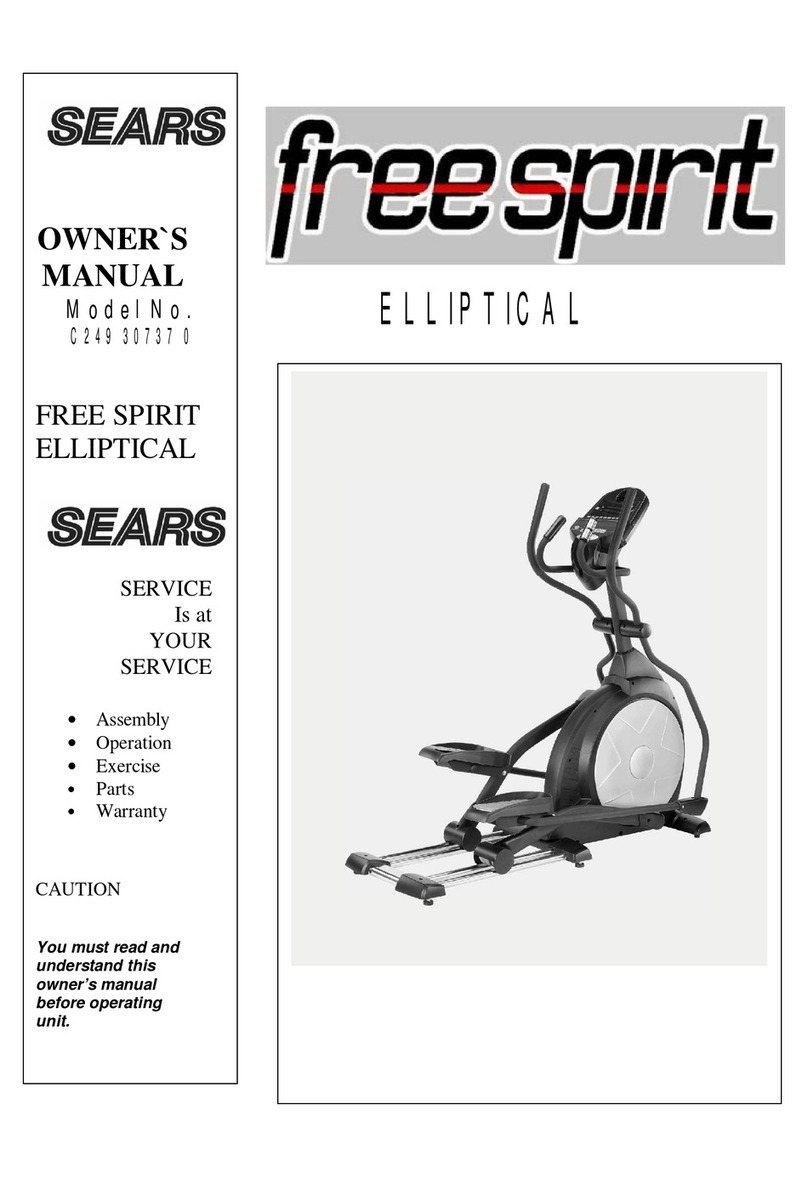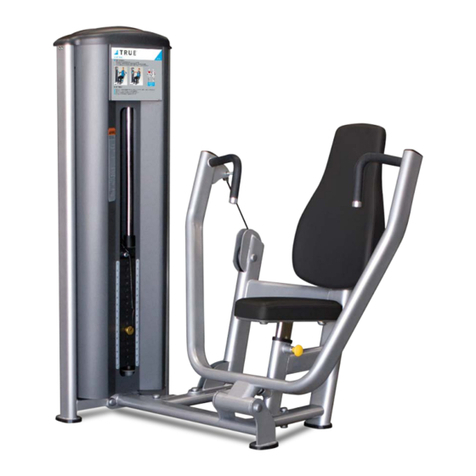
5
USING THE F.A.S.T. FITNESS ASSESSMENT SUCCESS TRAINER FOR
PHYSICAL EDUCATION
The F.A.S.T. Platform Trainer is the only compact, portable multi station for total body conditioning that is suitable
for Enhanced P.E., Adapted P.E., Fitness Assessments, and Sports Conditioning and available at an affordable
price. In fact, if you tried to replicate all of the functionality of a single F.A.S.T. Platform Trainer you would invest
over$1,000andthenhavetondaplacetostorealloftheequipment.
Training on the unit allows your students to “Train to Perform” rather than “Perform to Train.” When students are
expected to perform movements with a load that is more than they can support, they feel like they have failed
before they have even truly begun. That is what we call having to “Perform to Train.” More often than not, the
student’sownbodyweightistoomuch!SuccessfulprogressionisguaranteedwhenyouincorporatetheF.A.S.T.
Trainer and will enable your students to achieve better results on their assessments.
The Platform Training movement protocols transfer the focus to Movement Mechanics before Load Progressions
thereforePreventingInjuries.Allofthemovementprotocolshavethreelevelsofdifcultysothatparticipantsof
allages,bodytypes,andtnesslevelsareprovidedwiththeopportunitytobuildonafoundationofsuccessful
movement and reducing injuries. We call these movement progressions “Health”, “Fitness,” and “Performance”
to accommodate everyone from the most de-conditioned to the most athletic, which makes this unit perfect for
any PE program from Adapted PE to Enhanced PE.
In other words, the adjustable features allow each and every participant to fully engage in at the level of physical
activity that aligns best with their abilities, guaranteeing progress, while also allowing for the training intensity to
be increased once the student is ready to progress.
USING THE F.A.S.T. FITNESS ASSESSMENT SUCCESS TRAINER FOR
REHAB, RECOVERY, AND SENIOR PHYSICAL FITNESS
The unparalleled portability and functionality of a Platform Trainer allows a PT to work anywhere with clients.
The F.A.S.T. features Adjustable Outriggers which turn 360 degrees to increase the base of the unit providing
additional stability when needed. Although they’re not always necessary they’re there to compensate for uneven
oor surfaces. The six elevations and three color coded training zones for the Platform and Target Bar offer
superior variety movement progressions than combining multiple pieces. Often rehabilitation and Senior Fitness
programs incorporate a chair, a step, a walker or parallel bars, unfortunately doing so can limit the potential for
progressive movement and client participation.
The F.A.S.T. offers ease of use for the P.T. and the patient as the access to over 10 training stations and aids is
encompassedinthisoneportabledevice.Thecompactabilitysavesonoorspace,foldsupatwhennotinuse,
and rolls from location to location. The height and position of the handrails on the Platform Trainer are superior to
the arms of a chair when performing any Balance, Sit to Stand or Stepping Activities.
For example when using a chair to perform “Sit to Stand” (squat) the user is limited in how low they have to sit
and further limited as the arms of a chair are too low to offer much assistance in balancing or stabilizing the user.
Accommodations for a person with limited mobility, requires more than a chair. By using the Platform Trainer, P.T.s
workingwithSeniorswillhavebetter,saferoptionsforperformingstandardtnessactivitiesandintroducingnew
movement progressions.
When performing “Sit to Stand” (squat) progressions with a Platform Trainer, the participant begins by standing
on a secure platform between the handrails. The padded Target Bar can be raised or lowered to accommodate
the mobility restrictions or limitations of the user when doing squats. The higher padded handrails offer the user a
sturdy place to hold onto. Because of these key features more people are able to participate sooner because they
can safely hold on and they only have to squat as far as the padded Target Bar is set to.
